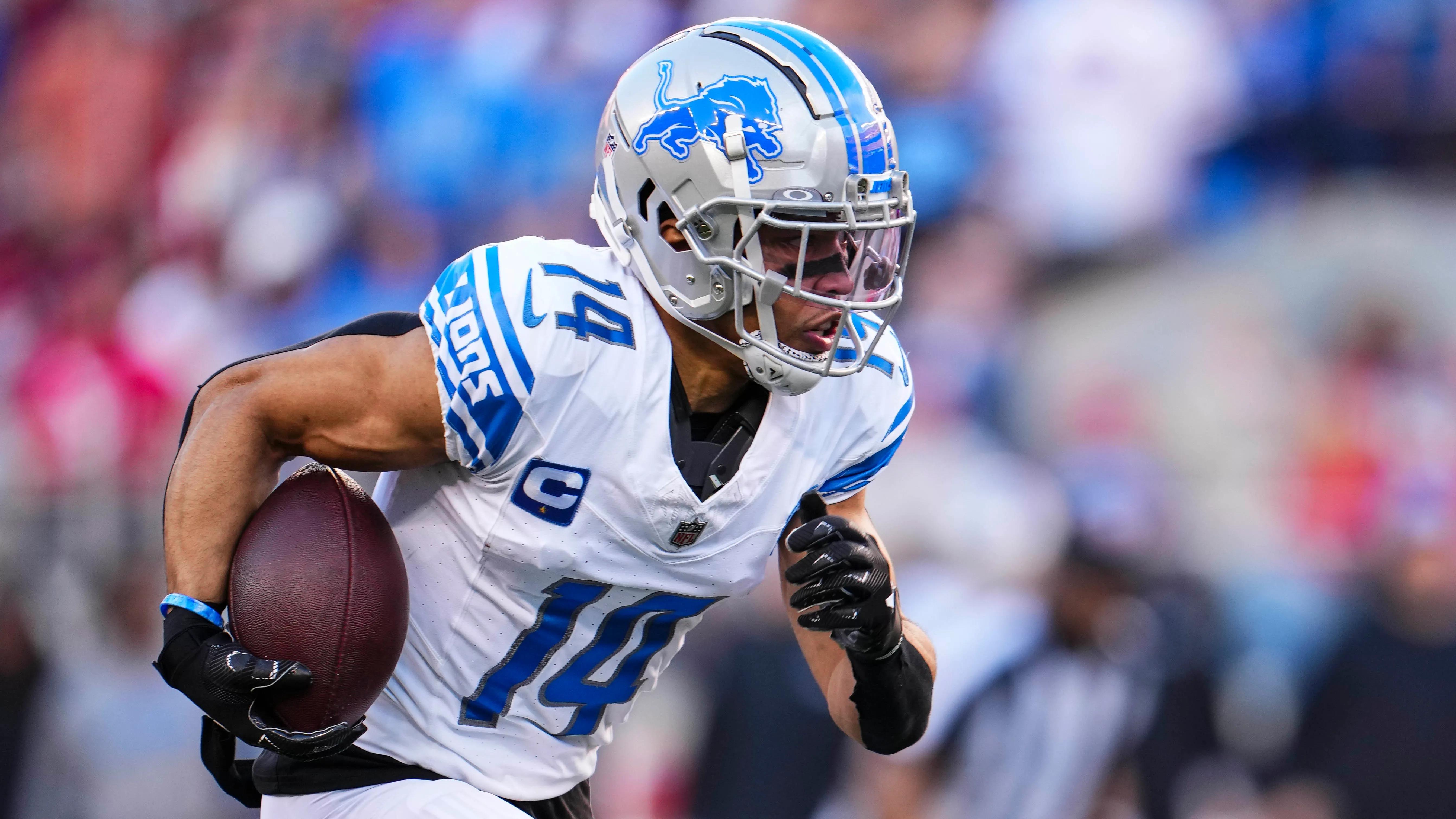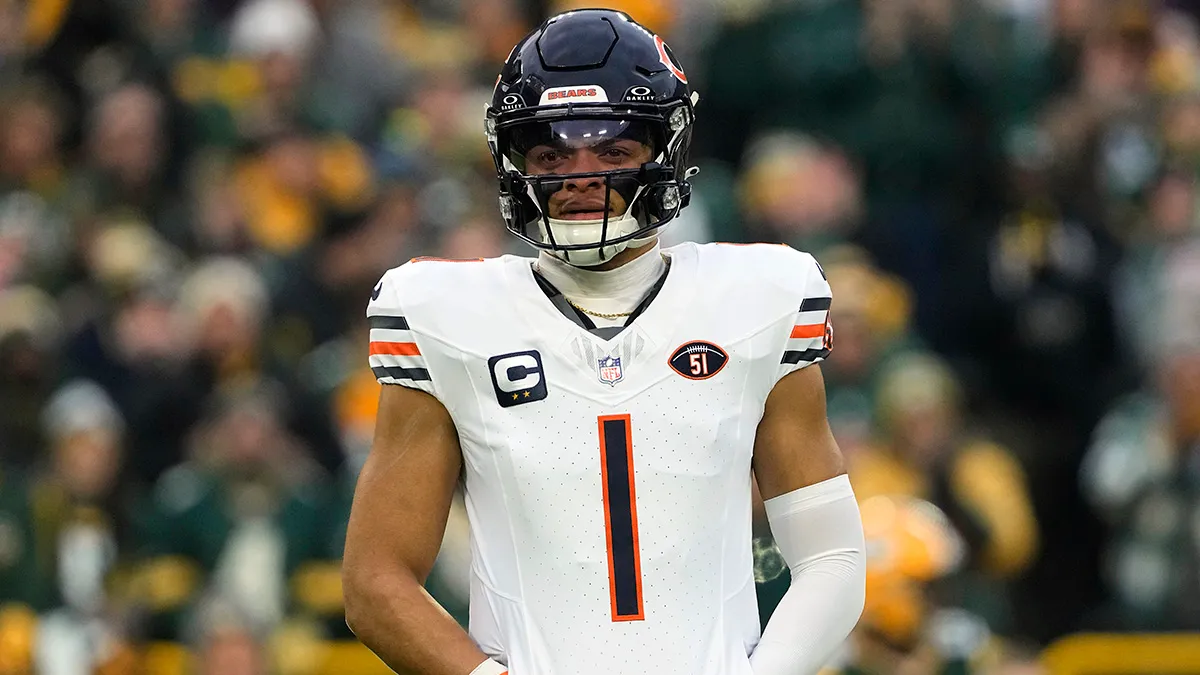That the Dallas Cowboys were able to put 447 yards, almost 200 of them running the football, and 31 points on the Bears was concerning in itself. The way much of it happened, however, was perhaps more concerning, even if not completely surprising.
And the issues were in more than one area.
The rushing yards, of which 140 were provided on 30 carries by rookie Ezekiel Elliott, were largely gained by simply pounding away on an undermanned Bears front seven. The Bears have allowed 10 runs of 10 yards or more; five of those came in Dallas.
The problem was an alarmingly simple one. Not scheme, not missed assignments.
“We were getting blocked and not getting off blocks well enough,” defensive coordinator Vic Fangio said on Wednesday. “But basically getting blocked most of the time, a guy or two every time was just getting blocked.”
The defense was without linchpin and nose tackle Eddie Goldman (ankle) as well as inside linebacker and co-captain Danny Trevathan. In Trevathan’s spot, rookie Nick Kwiatkoski started and played on 18 of Dallas’ snaps (26 percent).
“He did OK,” Fangio said. “Again, he was part of those guys that got blocked some. Had some good plays, some not so good. The first play of the game that popped out of there for 21 yards, he was at the point of attack on that one. It was OK, hope for better, expect better moving forward.”
NFL
The Bears use something of a hybrid form of gap control, not strictly two-gap with linemen responsible for gaps on either side of the blocker in front of them, and not strictly one-gap, with a tighter responsibility but with expectations that the defender get more penetration and disruption.
The system is what one lineman described as “gap-and-a-half,” playing their assigned gap but also with responsibility to help out with one other assigned gap. They are not head-up on offensive linemen, being slightly shaded toward a gap a’la one-gap schemes most of the time.
[SHOP: Gear up Bears fans!]
The Bears generally were unable to control either their assigned or their secondary gaps.
The issues were not confined to the run defense. The Bears’ pass rush was virtually non-existent (zero sacks, one hit on Cowboys quarterback Dak Prescott) and yet it allowed Prescott to scramble free three times, converting first downs on all three.
“Our rush wasn’t good enough when they weren’t throwing it quick,” Fangio said, “and it was evident by the times [Prescott] scrambled. He scrambled three times for first downs and they hurt us.
“Our rush wasn’t good enough. There are a lot of passes that the rush won’t be a factor because it is coming out fast. But we have to get better coverage to make them hold the ball longer, too.”


